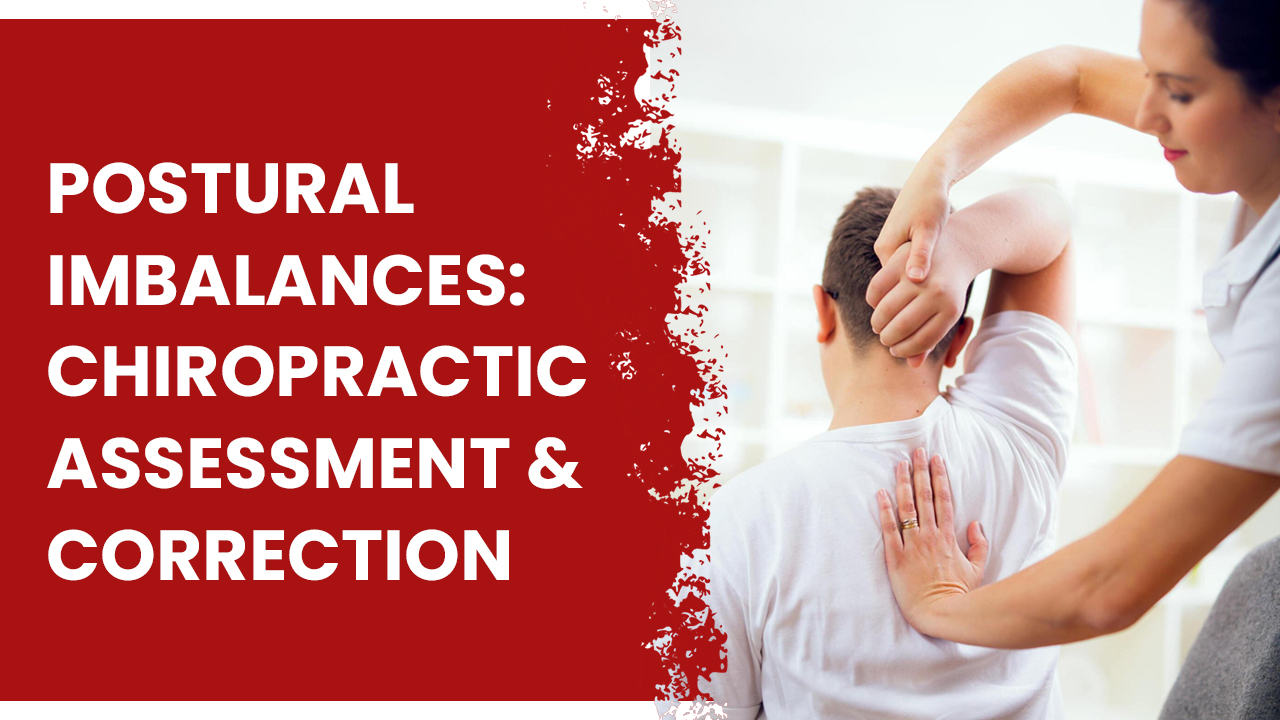Back Pain Relief: 7 Powerful Insights From Chiropractors For Lasting Wellness

Back pain relief is essential for millions of people experiencing discomfort caused by various issues like poor posture or muscle strain. It’s not just a minor inconvenience; it can severely affect daily activities and overall quality of life. Chiropractic care provides a holistic method to manage back pain, using techniques like spinal adjustments and physical therapy […]
Ridgefield Chiropractic & Massage For Pain Relief & Wellness

Wrapping Up Your Wellness Journey With Ridgefield Chiropractic At Ridgefield Chiropractic and Massage, we understand that your well-being is essential, and we are committed to helping you feel your best. The combination of chiropractic care and massage therapy offers a unique way to address pain, reduce stress, and improve overall health. Whether you’re managing chronic […]
Chiropractor For Leg Pain: Natural Solutions And Relief

Chiropractic care encompasses a holistic approach to health, focusing on the alignment of the spine and its impact on overall well-being. Leg pain, stemming from a variety of causes such as muscle strain, nerve compression, or injury, can significantly disrupt daily life and mobility. Seeking treatment from a chiropractor for leg pain is essential, as […]
Understanding Whiplash Injury And Its Chiropractic Care

Conclusion In conclusion, understanding whiplash injury and its chiropractic care is crucial for those who have experienced this common yet often misunderstood condition. Whiplash can have a significant impact on one’s quality of life, causing pain, stiffness, and other debilitating symptoms. However, seeking chiropractic care from professionals like Ridgefield Chiropractic & Wellness Center can make […]
Whiplash Chiropractic Care: Assessment & Treatment

Whiplash injuries can be painful and debilitating, leaving individuals with a range of discomforts that impact their daily lives. If you’ve experienced a car accident or a similar incident that has left you with neck pain and stiffness, you’re not alone. In this article, we will delve into the world of whiplash chiropractic care for […]
Postural Imbalances: Chiropractic Assessment & Correction

Are you tired of dealing with those persistent aches and pains that won’t go away? Is your posture not what it used to be? Many of us suffer from postural imbalances, which can lead to discomfort and even chronic pain. But worry not because chiropractic care can be a game-changer. In this article, we will […]
Chiropractic Solutions For Headache Relief

Headaches and migraines are pervasive issues affecting millions worldwide. Understanding the types and prevalence is crucial for Chiropractic Solutions For Headache Relief. Chiropractic care emerges as a holistic approach with promising results. Chiropractic Approach Chiropractic care focuses on spinal adjustments to improve nervous system function. Illustrations demonstrate how misalignments (subluxations) are corrected, relieving tension and […]
Effective Chiropractic Management Of Headaches

Introduction Headaches and migraines are common neurological conditions that can significantly impact a person’s quality of life. Chiropractic care is recognized as a potential alternative or complementary approach for managing these conditions. In this article, we will delve into the effectiveness of chiropractic management in relieving headaches and migraines, exploring the underlying principles, techniques, and […]
Chiropractic Care In Sports Injuries

Chiropractic care in Sports Injuries plays a crucial role in the comprehensive management of sports injuries, providing athletes with effective assessment, rehabilitation, and preventive strategies. This article explores the significance of chiropractic intervention in the context of sports-related injuries, emphasizing the holistic approach to recovery.
Chiropractic Sports Injury Care: Assessment & Rehab

In sports and physical activity, injuries are an unfortunate but common occurrence. Athletes, whether professional or amateur, often find themselves grappling with various types of injuries that can impede their performance and hinder their overall well-being. Chiropractic care has emerged as a pivotal player in sports injury assessment and rehabilitation, offering athletes a holistic approach […]
